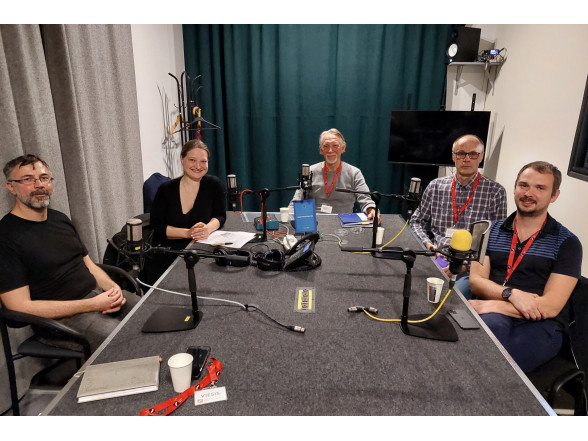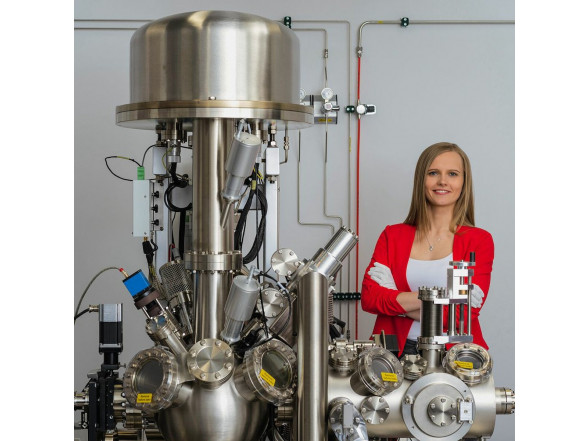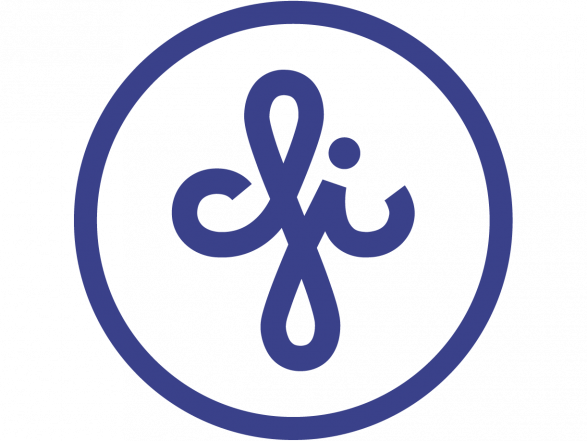On May 18, ISSP UL researchers from the Thin Films Laboratory, Dr.habil.phys. Juris Purāns, Dr.phys. Andris Āzens, Dr.phys. Boris Polyakov and Dr.phys. Mārtiņš Zubkins were the studio guests at the Latvian National Radio (LR1) program “Zināmais nezināmajā” (Known in the unknown). The topic of the program was smart window technologies.
The problem with ordinary windows is that they are the source of heat loss in winter and excessive heat entering the indoors during the hot time of the year. People today want windows that are functional, good looking and transparent. This means that new solutions for smart windows are sought. In the program, scientists explain the difference between electrochromic, thermochromic, and photochromic windows. The technology of electrochromic windows is already in use. It is believed that the beginnings of this technology are to be found at the ISSP UL, and it dates to the beginning of the 70ties. The technology was known, but it is undergoing a renaissance right now. Electrochromic windows are transparent, and their surface is conductive – a feature more associated with metals. Such windows can become darker when the sunlight intensifies.
Photochromic and thermochromic windows are smart windows classified as passive smart windows. They have a sensor that makes the windows change their properties when the set temperature is reached. Photochromic windows change their color: when the lighting is not bright, they are transparent, and when the UV radiation is high, the window shades. With thermochromic windows, the change of the properties is not visible to the human eye because the change occurs in the infrared range. When the outside temperature rises, the window starts blocking the infrared radiation.
The scientists also discuss the materials tested in smart windows, problems implementing new technologies and their price. The conversation clearly shows that the technology is undergoing development and needs time to do more tests. Hopefully, sometime soon, people will be able to put coatings on the existing windows and benefit from the new energy-saving technology.
Zināmais nezināmajā is a popular science radio journal that covers various fields of science, looks into the achievements of science and technology, and the life and work of outstanding personalities. Special attention is devoted to the achievements of Latvian scientists worldwide and in Latvia.
The full program recording in Latvian.



